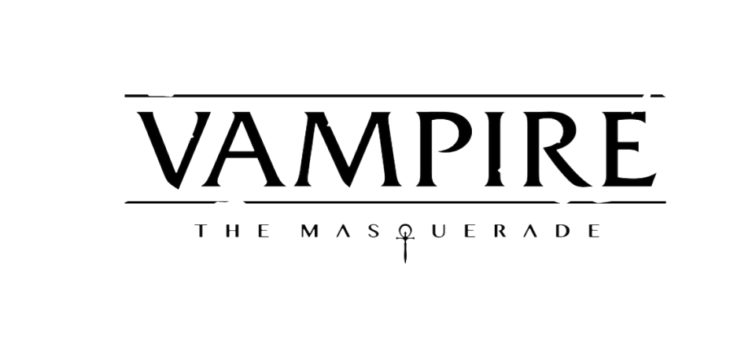 General Gaming
General Gaming
The Drowned Lands Revisted
A few years ago, I started planning a D&D game that was going to take place in a vaguely post-apocalyptic world where the Great Old Ones of the Cthulhu Mythos had returned and left the world in ruin. I’ll admit it’s not the most original thing in the world, but I found the idea quite appealing.
The setting was called The Drowned Lands. My concept was that the players would start out in a backwater town located on a string of islands that were continuously inundated with rain. The town was ruled by a Cthulhu cult with nominal ties to a crumbling empire that once conquered the world in the name of ol’ squidface himself.
In an effort to drive home the grimdark nature of the setting, I was going to run it using the Lamentations of the Flame Princess ruleset. I then created a cool document that briefly described the world and provided a number of thematic character builds for them to choose from. The class builds were all variations on the existing LotFP classes, just with different starting equipment. I got the idea from a similar approach someone had taken to adapt the Darkest Dungeon video game for LotFP.
Unfortunately, like many great gaming ideas I’ve had over the years, we never actually got the game off the ground. The group wanted to play regular D&D, so we made characters and played 1-2 sessions before scheduling conflicts and my lukewarm interest led to the game being abandoned.
But I still had that campaign document lying around. Since I put it together using a bunch of artwork I snagged off the internet, I couldn’t really release it in any way. I briefly toyed with the idea of turning it into a dedicated RPG. While I may do that someday, I keep coming back to the question of why we would need ANOTHER rules lite OSR-style dark fantasy game. There are so many great options available for that kind of experience, I don’t see why I wouldn’t just use LotFP, Mörk Borg, or Five Torches Deep instead (or Zweihander, if I wanted something a bit crunchier).
I had a bit of free time this weekend, so I decided to go back to that document and reimagine it as a system-agnostic resource that provides the barest outline of a campaign setting and character concepts. There are no rules, but I tried to give enough material to provide the necessary inspiration to get a game like this off the ground.
The art presented a major obstacle because the original document was very art heavy in an effort to strike a particular tone. While there are a lot of free-to-use images available, it’s hard to find something that strikes the right tone. It’s also a challenge to find enough art that looks like it belongs together.
Luckily, I came across the work of a visual artist named Jr Korpa on the Unsplash website. Much of it is very abstract, but there’s a dark, sometimes sinister vibe to a lot of it that felt appropriate for the setting. Korpa has a lot of pieces available for use on Unsplash, and I managed to find enough pieces to replace all the old art.
The new version of the document ended up coming out quite well, so I’ve made it available for anyone who wants to check it out. If you’re interested in running a Mythos-style fantasy game, hopefully this will provide you with some inspiration.
One of my friends recently informed me that he wants to play a D&D game for his birthday where the characters are all evil cultists. He’s already decided that he worships The King in Yellow and is plotting to steal some valuable relic from a competing cult.
Seems like I went back to The Drowned Lands just in time…


